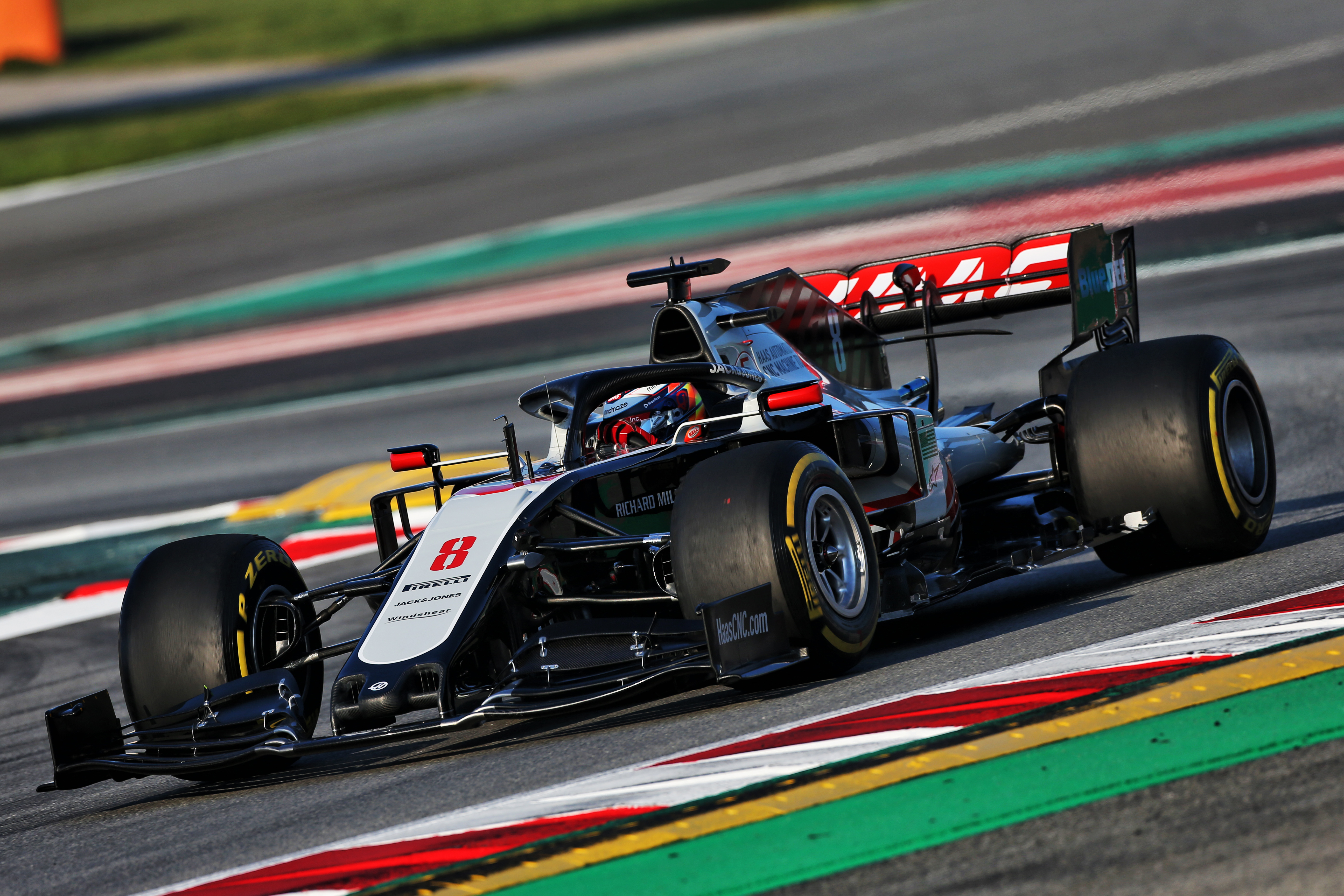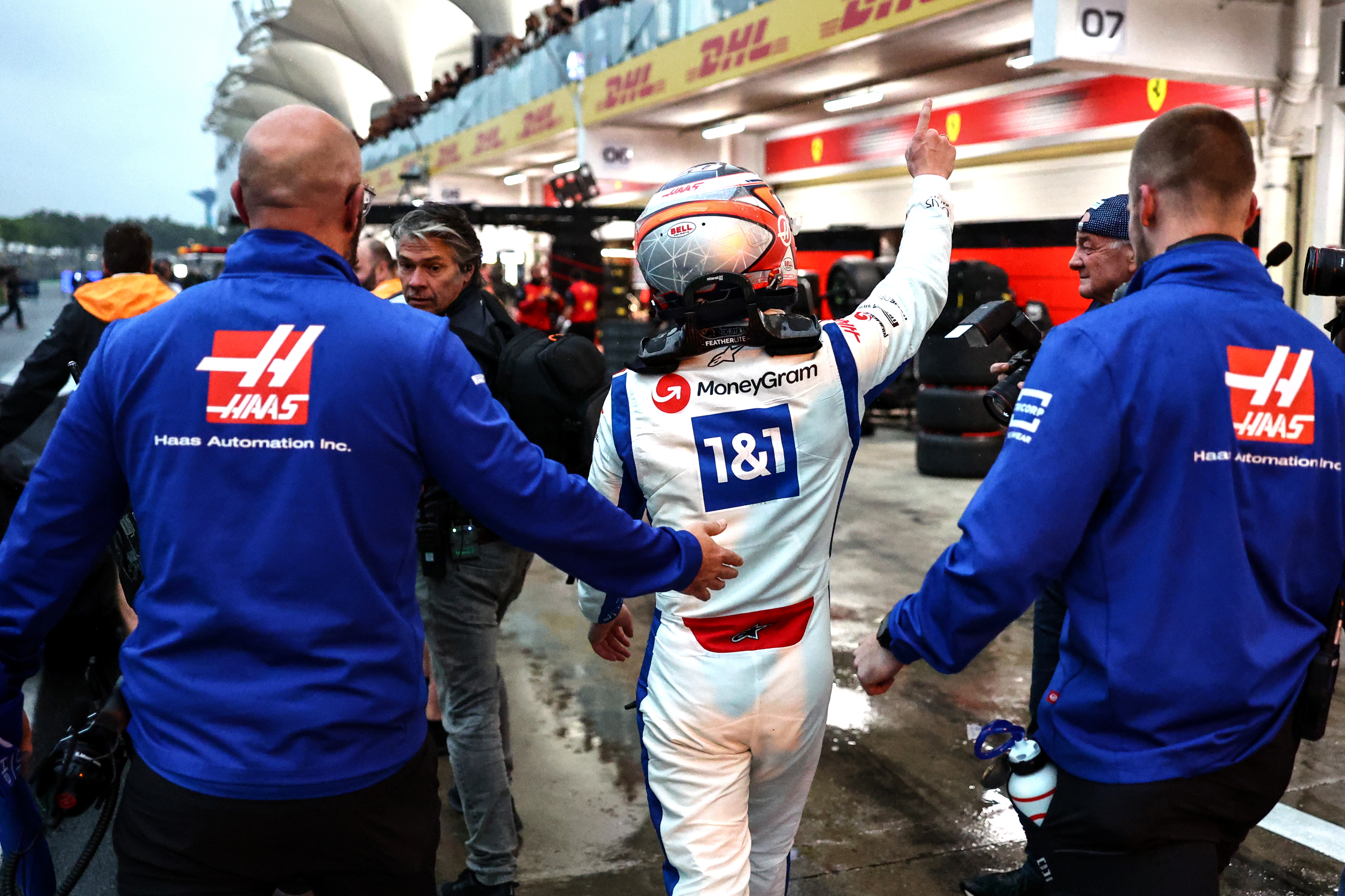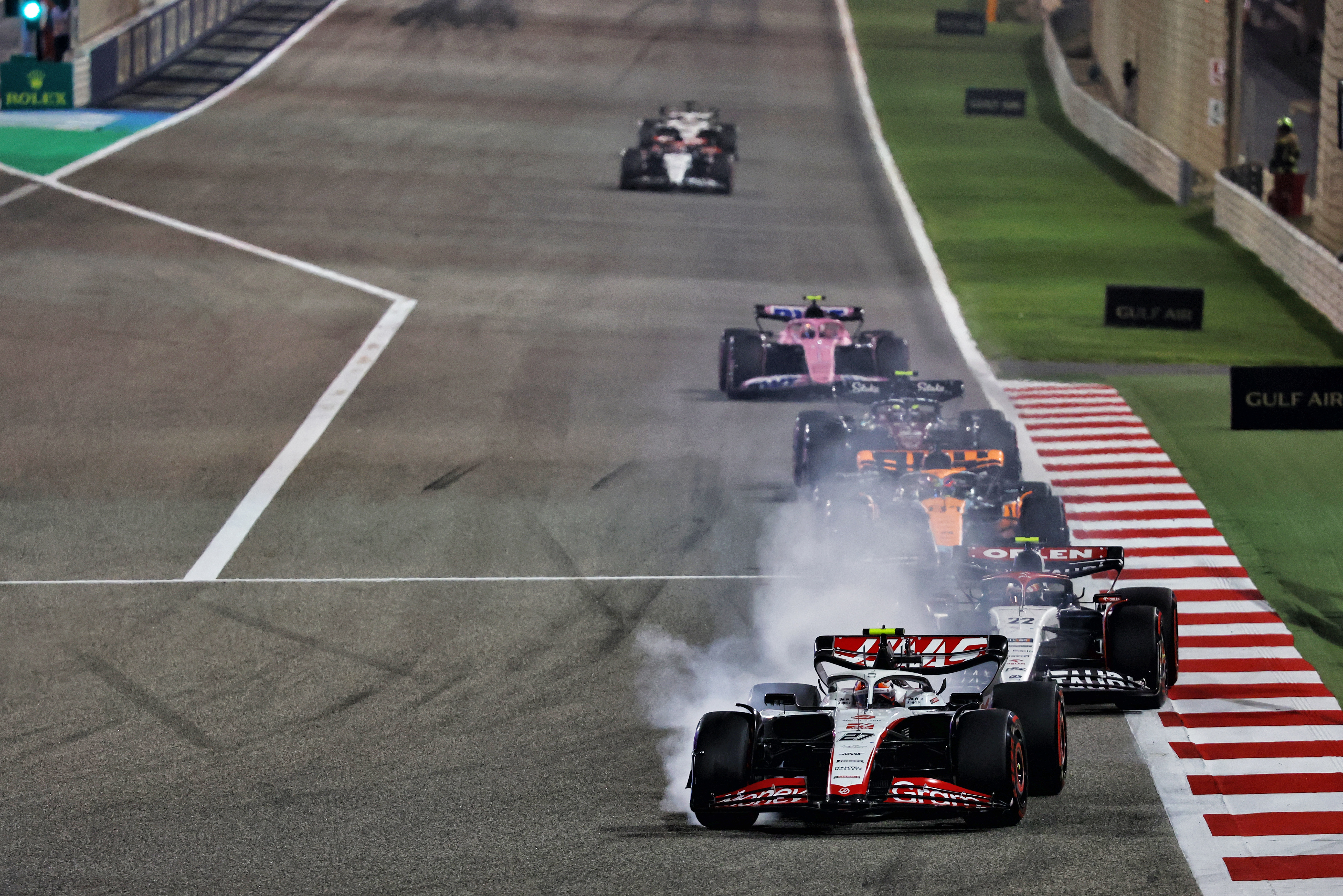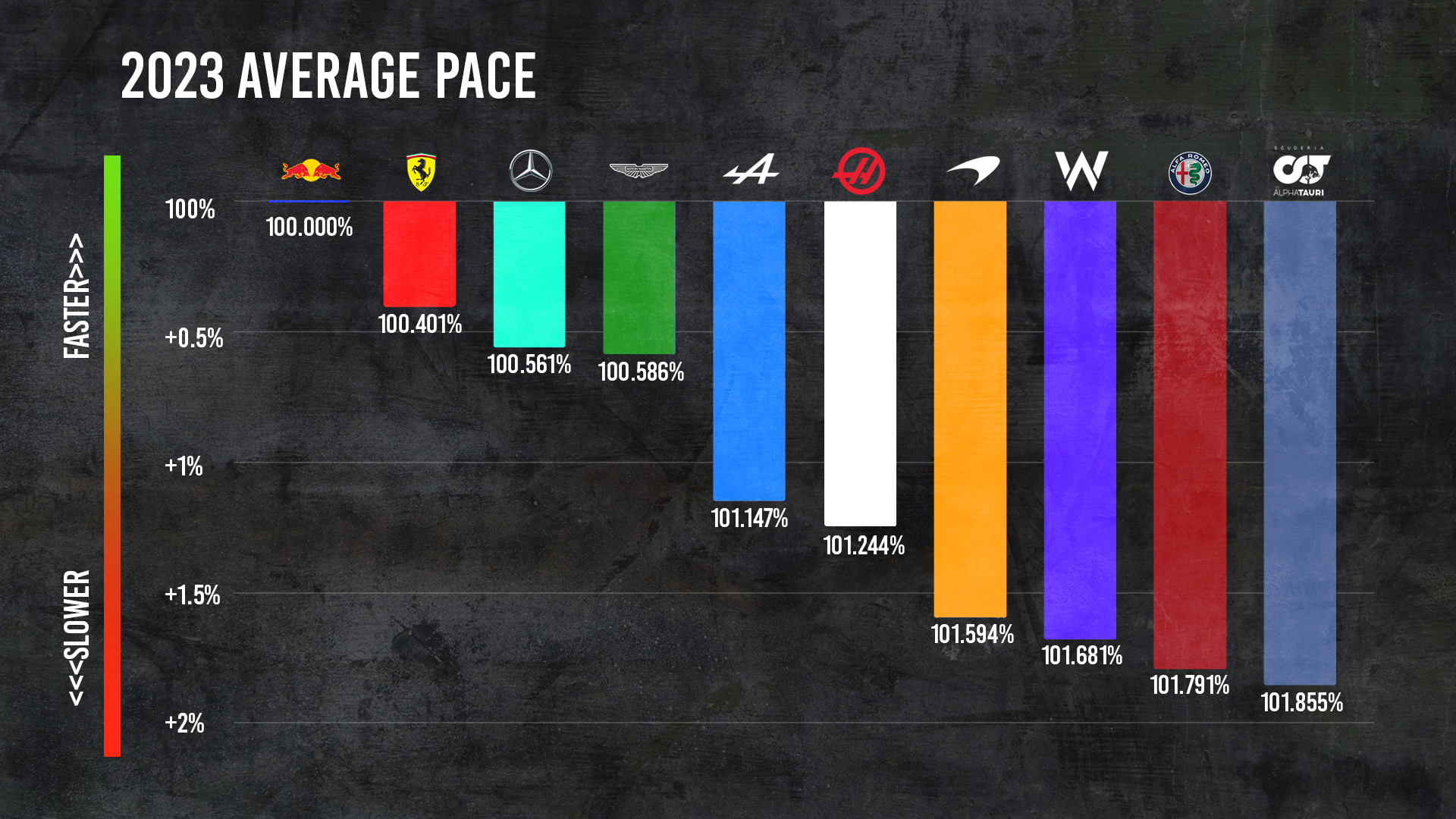Haas has got “back to normal” this year, in the words of its Formula 1 team principal Guenther Steiner.
After several years where first car problems, then the economic impact of the COVID-19 pandemic and driver line-up ructions have meant it was rarely out of the headlines, what exactly does ‘normal’ mean for Haas?
First, Steiner’s claim of returning to normality is a coherent one. Haas endured a three-year trough that started in 2019 when a problem led to the rear end suffering from aerodynamic stalls in slow and medium-speed corners in the braking and corner entry phase, leading to more sliding and overworking the rear tyres. It spent a big part of that season trying to recognise, diagnose and mitigate the problem but did fix it with the 2020 car.
But after a solid run in pre-season testing in 2020, the campaign was put on hiatus when COVID-19 led to the F1 world shutting down. The team froze all development work and there were question marks about whether owner Gene Haas was willing to recommit to F1.

It was only once the new Concorde Agreement was formulated that ensured a more equitable split of the share of F1’s revenue taken by the teams, and the reduced cost cap figure agreed, that Haas signed up for the long-term.
Effectively, this meant not only was 2020 written off, but ’21 too. Teams were forced to carry over their existing cars with allowance only for a small number of major changes, with Haas doing the bare minimum to update its car for the tweaked floor regulations and accepting a long, hard season toiling at the back of the grid.
That resulted in a pointless season with Nikita Mazepin and Mick Schumacher following on from a haul of just three points the year before.
Haas returned to being competitive in the mid-pack last year, finishing eighth in the championship and bolstered by the replacement of Mazepin, dropped along with Uralkali sponsorship when Russia invaded Ukraine, with Kevin Magnussen. It was a season that included a ‘pole position’ at Interlagos and a morale-boosting fifth place in the Bahrain season opener.

But crucially for the first time since 2018, Haas was running a car that didn’t require troubleshooting while simultaneously developing a new car last year. That means the ’23 car is the result of what might be called normal development without a disproportionate focus of resources or a necessary lack of investment.
“Whatever happens, how performant we are, we are now back to normal, whatever normal means, because we just keep on developing,” said Steiner when asked about this by The Race at the start of the season.
“[In] 2020 and 2021, obviously there was no development but last year, the team was told to get on and they did a very good job in ‘21 to get this 22 car out. But everything was done in a hurry and we had to fix a lot of problems.
“They have now grown together as a team and they work much better. This year it’s normal, like any other team – if you’re not where we [should be], where is our problem, you need to develop, let’s get into it. I’m not panicking if you’re not where we [should be] after this phase, because we can make ground up.”
Haas would have no reason to panic given a very respectable start to the season. It has scored points twice, courtesy of Nico Hulkenberg’s seventh place in Australia (despite the late MGU-K problem that led to him stopping on the slowdown lap) and Kevin Magnussen’s 10th in Saudi Arabia.
In Bahrain, any chance of a points finish was eradicated when Hulkenberg suffered front wing damage in a first-lap brush with Esteban Ocon, although the Haas’s tyre usage would have made a top 10 finish tricky even without that.

Haas appears to have moderated its rear tyre degradation problems, although this is still far from a strength. Like Ferrari, it has a car that appears to suffer more than most in turbulent air, potentially thanks to the similar concept, although it has improved compared to last year in terms of its drag level not being such a problem.
In qualifying, Haas has twice reached Q3 courtesy of Hulkenberg, who just missed out in Saudi Arabia in 11th place. On qualifying average pace, Haas is actually fifth strongest, although using the supertimes methodology (based on the quickest individual lap of each car) it’s sixth behind Alpine.

There’s little doubt the Alpine is fundamentally a stronger car, but that’s still very respectable for Haas, which appears to have a decent all-round car performance-wise.
While this might seem very similar to where Haas was at its best before its slump, a lot has changed, things have changed. While still dependent on Ferrari, it has created its own technical headquarters based at Maranello.
Headed by on-loan technical director Simone Resta, this is working well and means Haas is responsible for a far greater proportion of its aero design work than it once was. Dallara is still involved but in a reduced capacity.
Now that Haas is back to normal, it’s proved itself to be a good, effective, solid F1 team. The primary challenge for this year is to produce more consistent updates given last year was focused on one major package in Hungary.
If it can do that then there’s no reason it can’t do better than last year’s eighth in the constructors’ championship – as based on current form that appears to be the worst-case scenario.
Haas still has a long way to go to convince it can be anything more than a midfielder even in the cost cap era. But it’s at least proved decisively that, even when things are back to normal, it’s capable of holding its own in the mid-pack.




